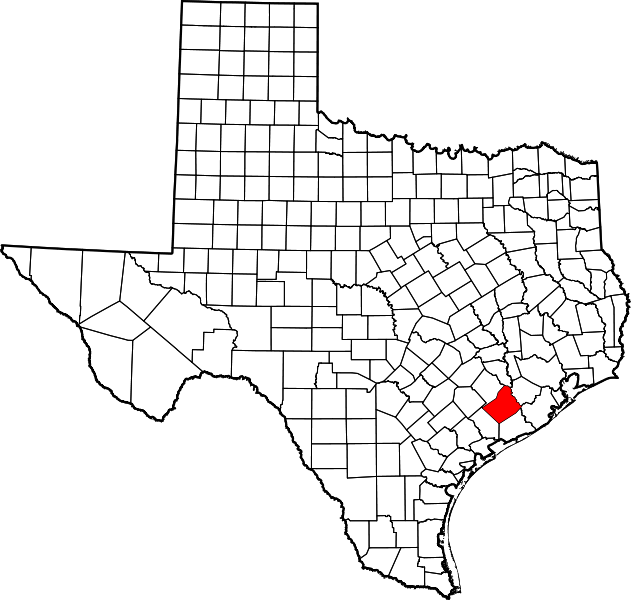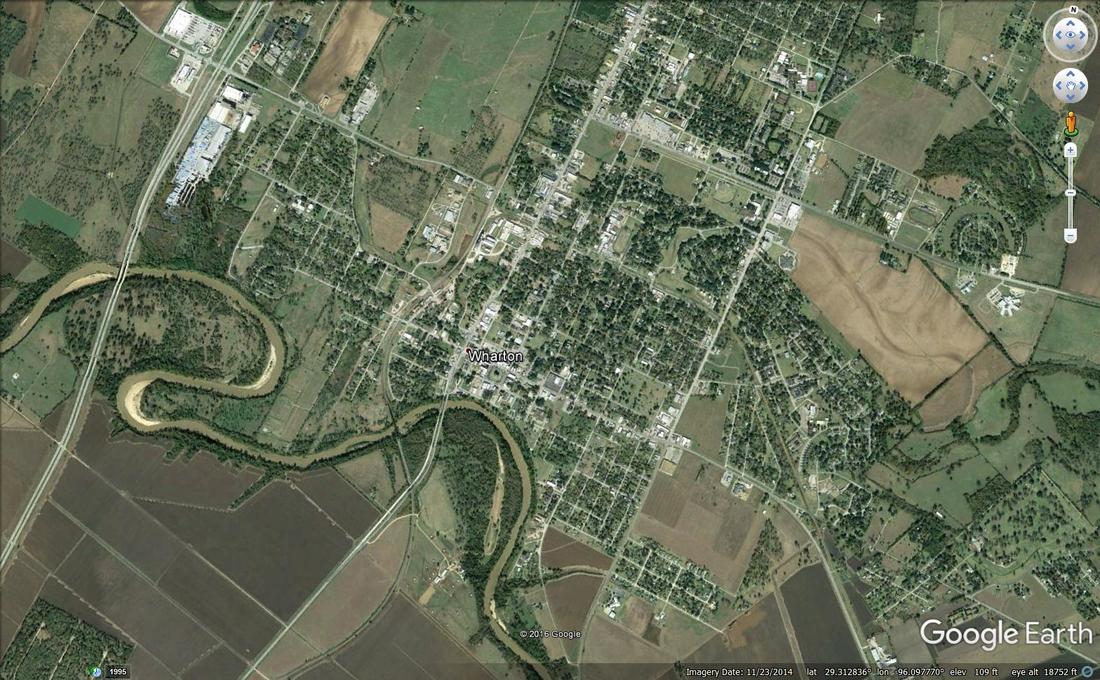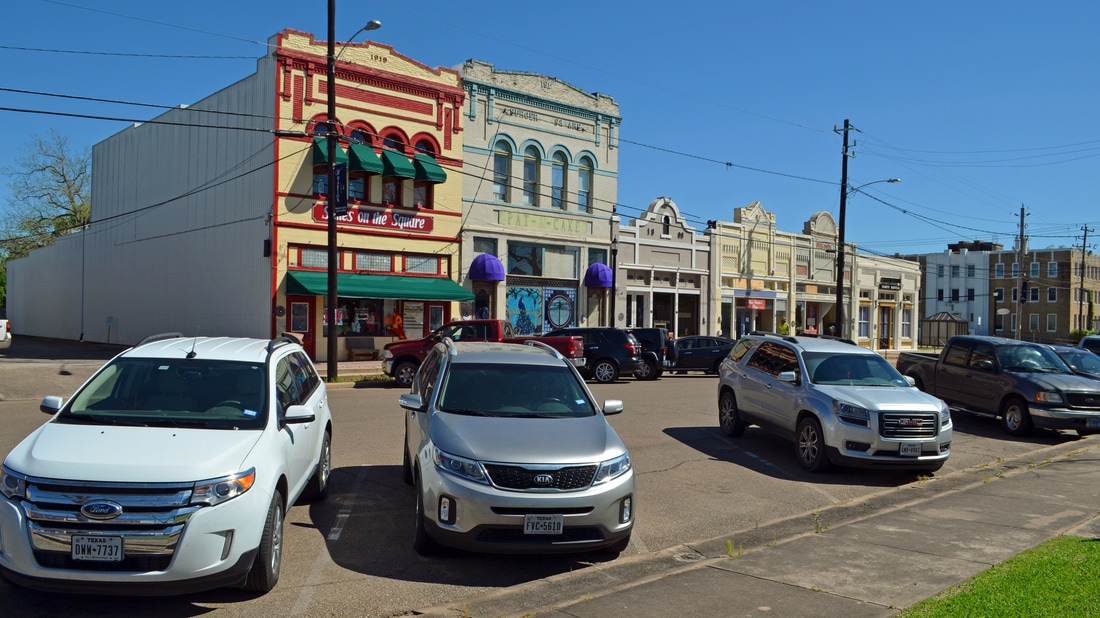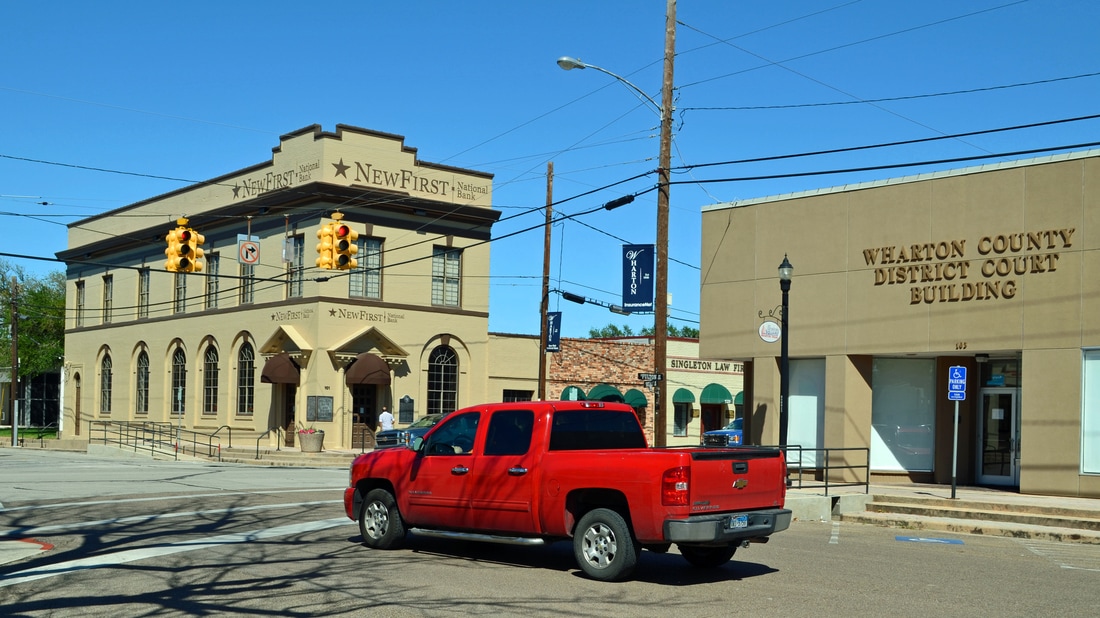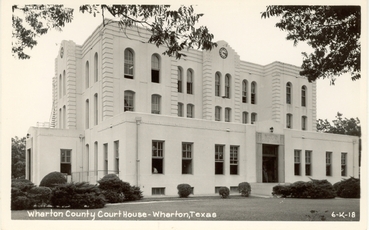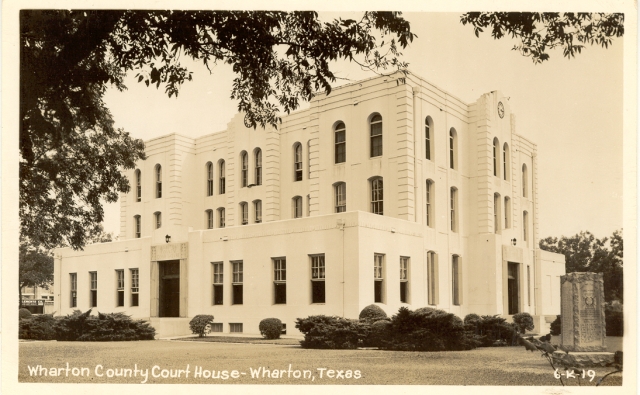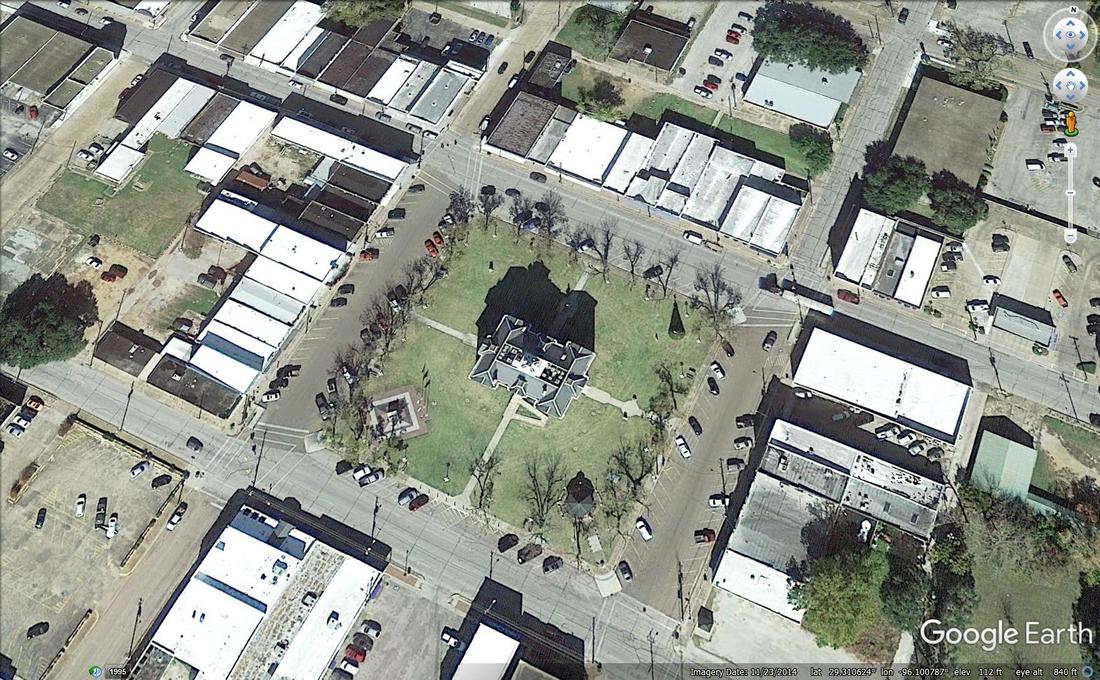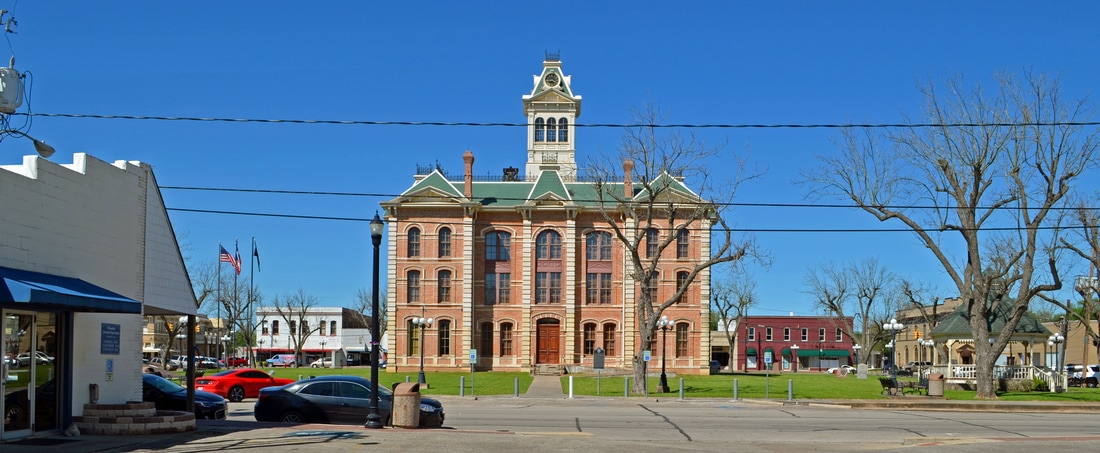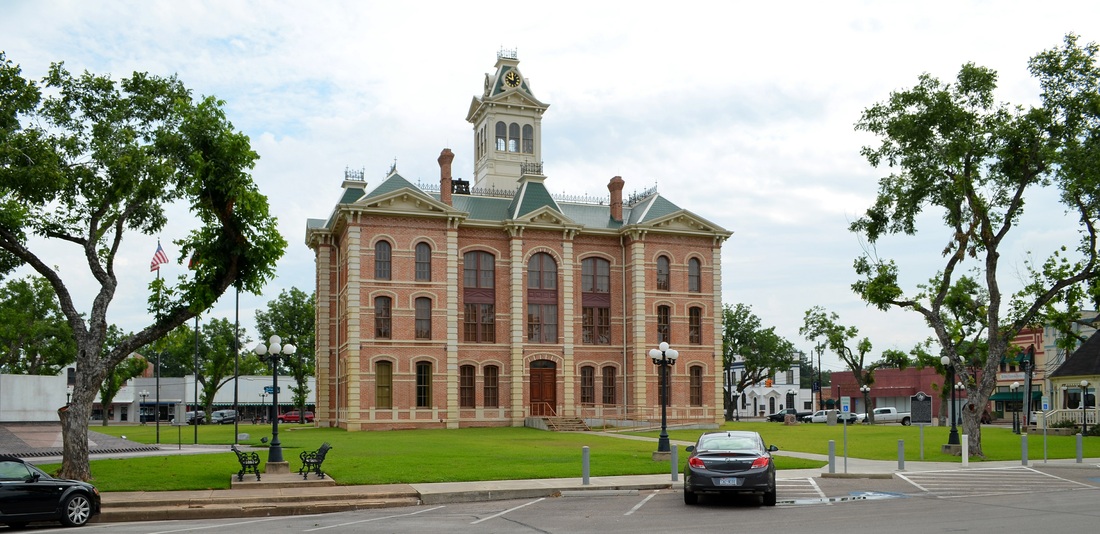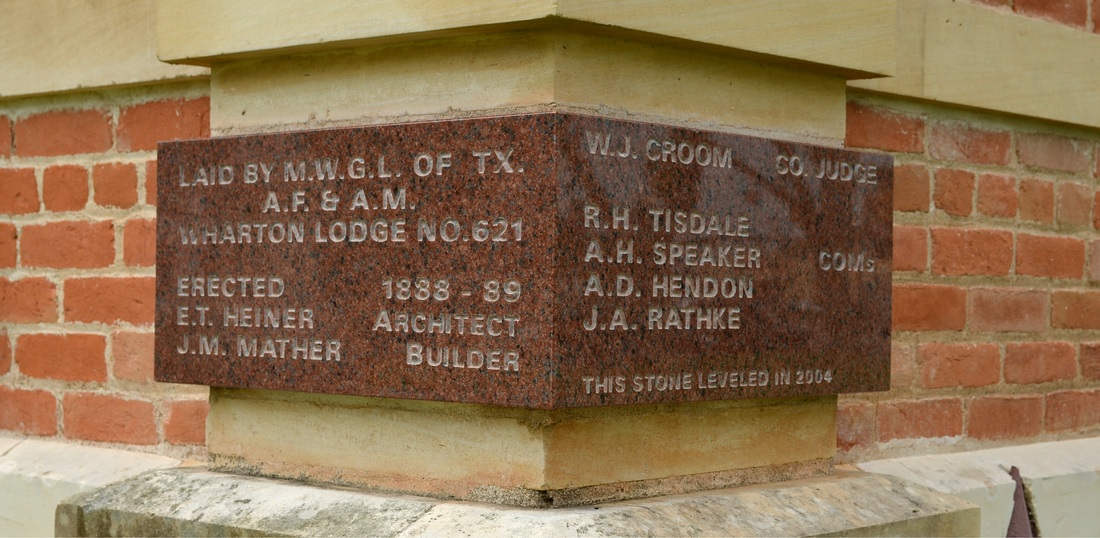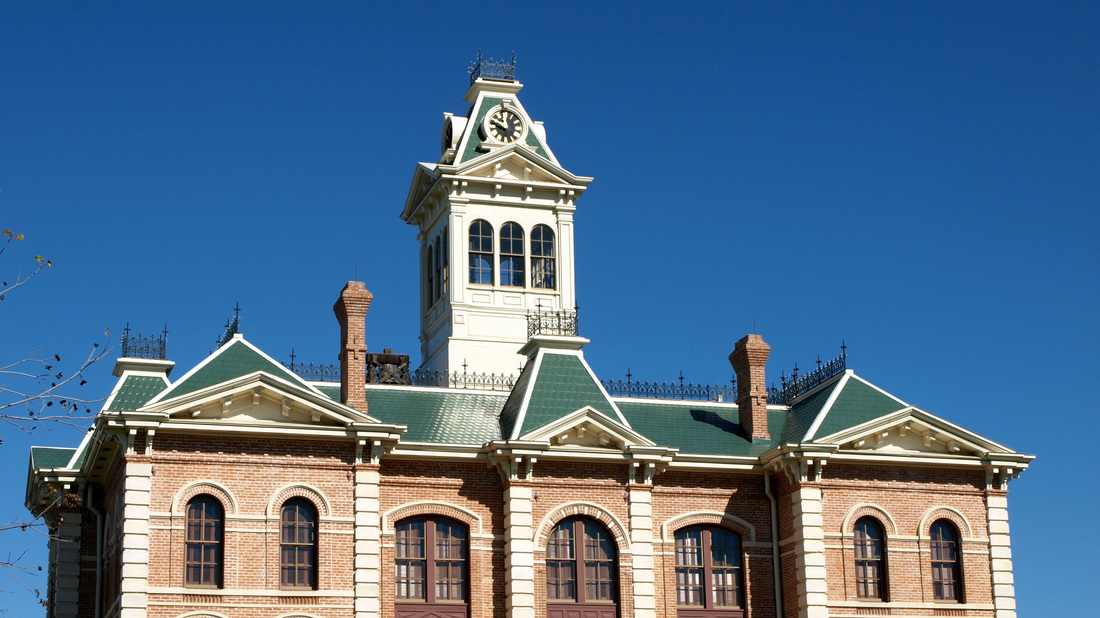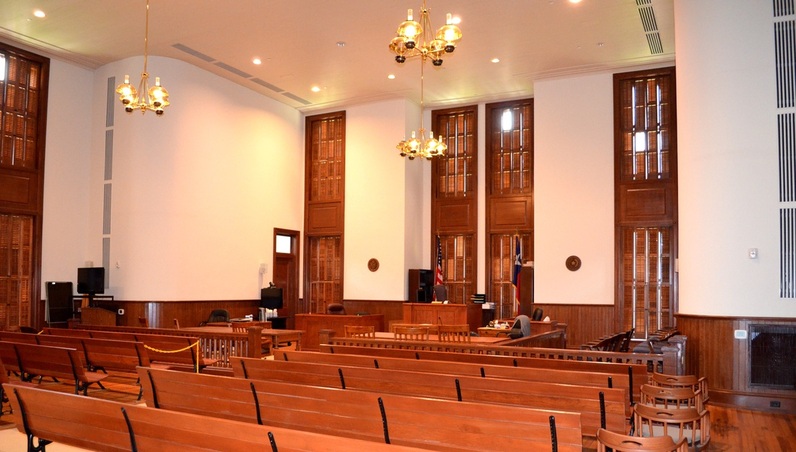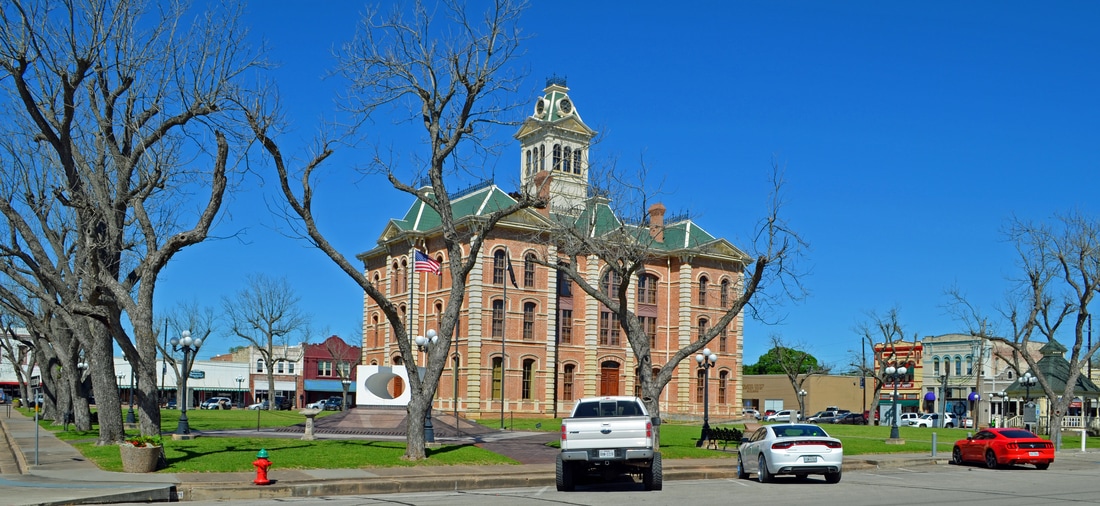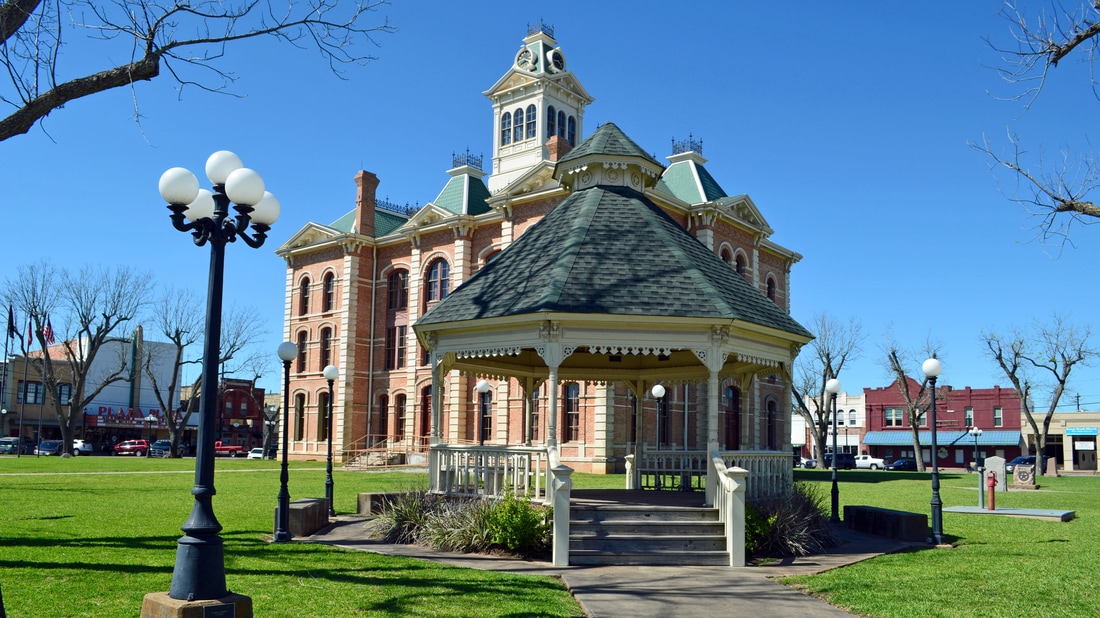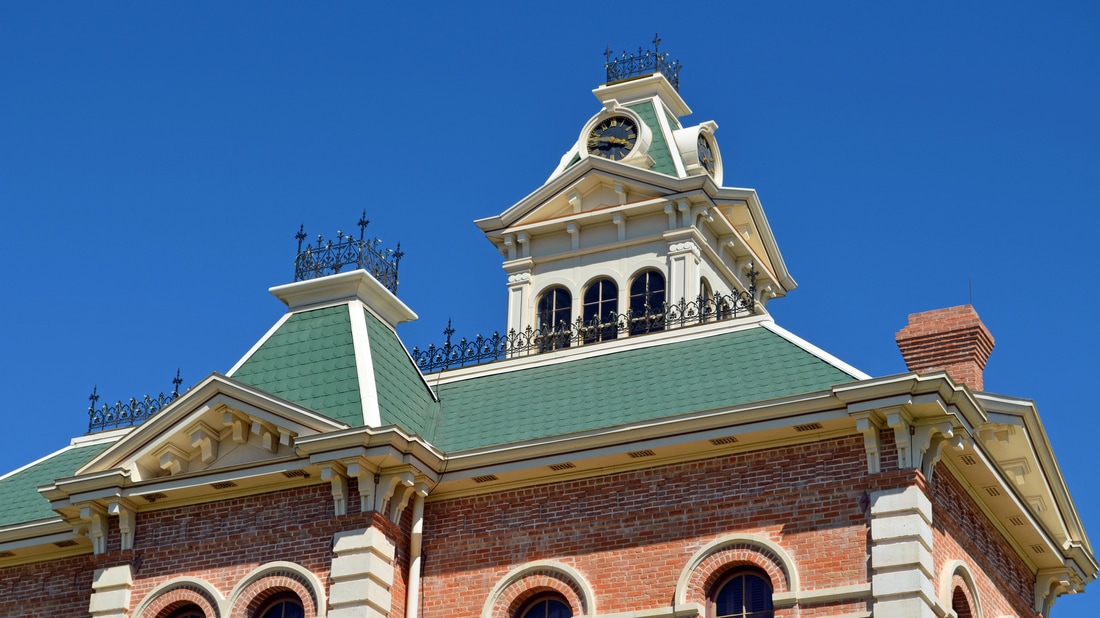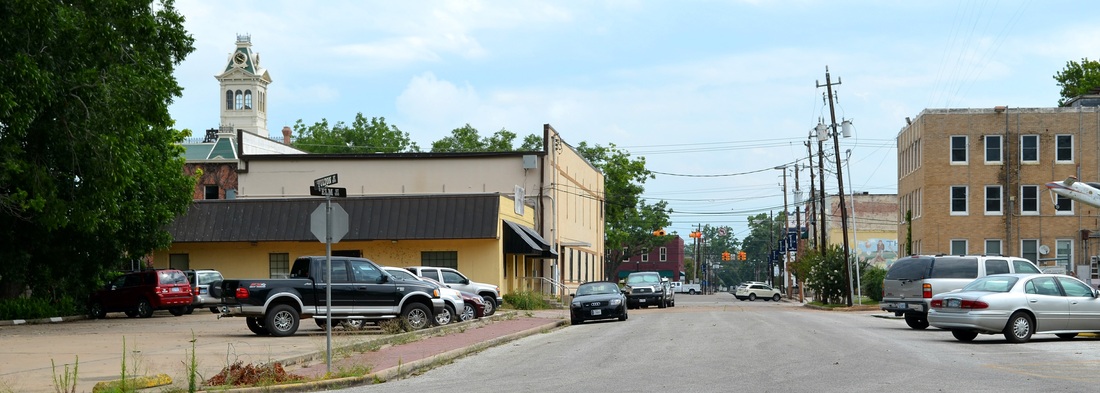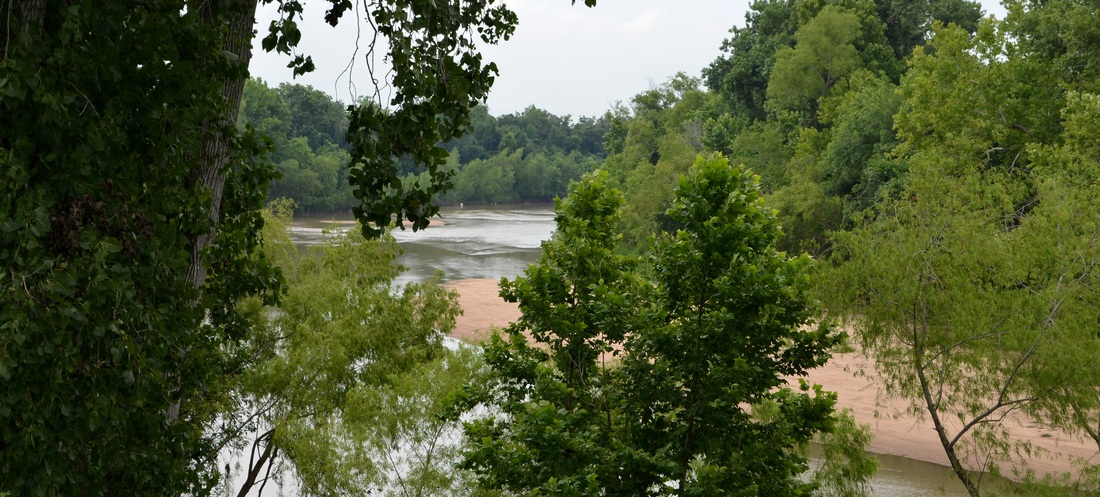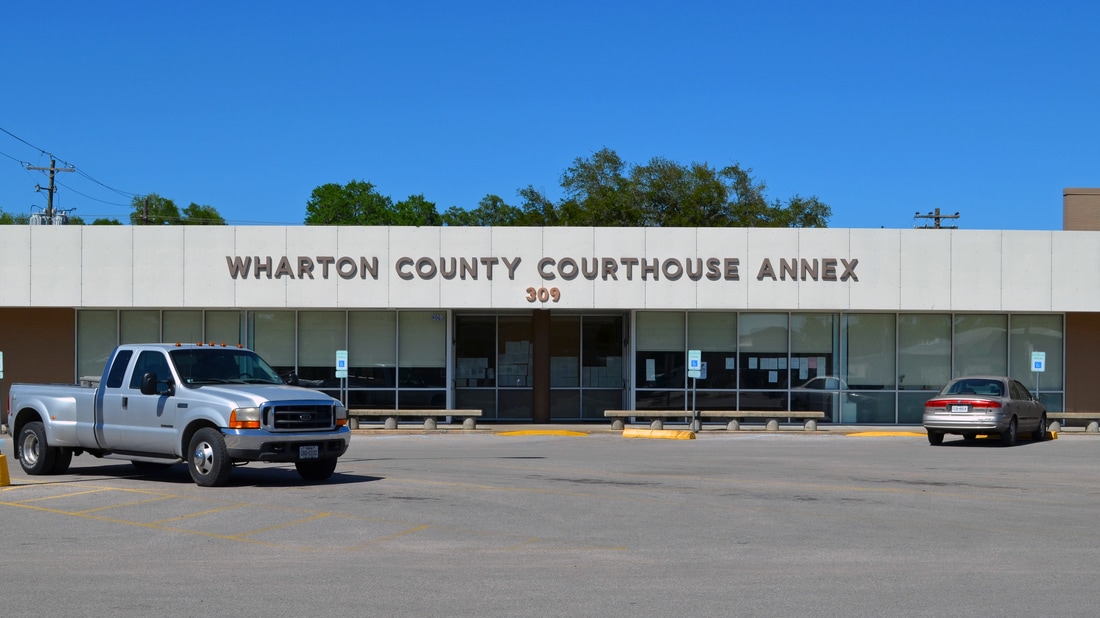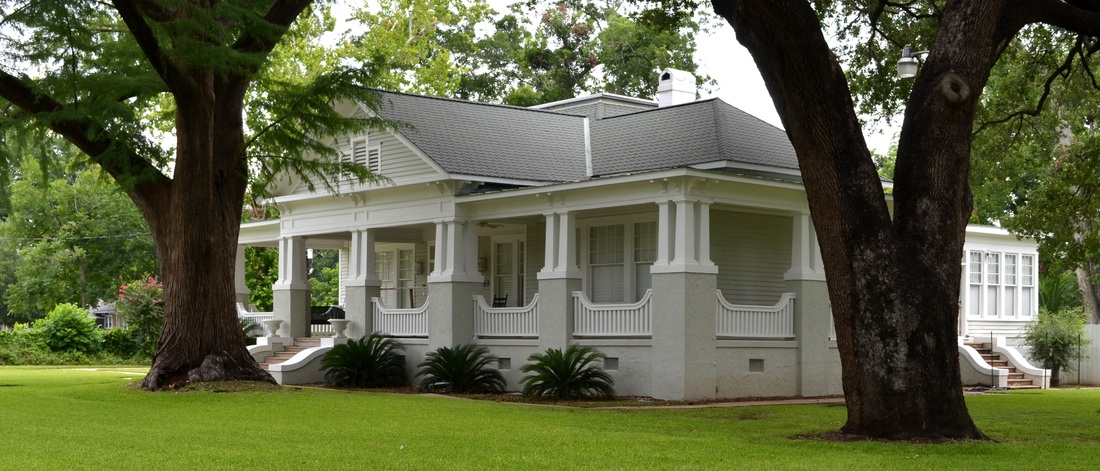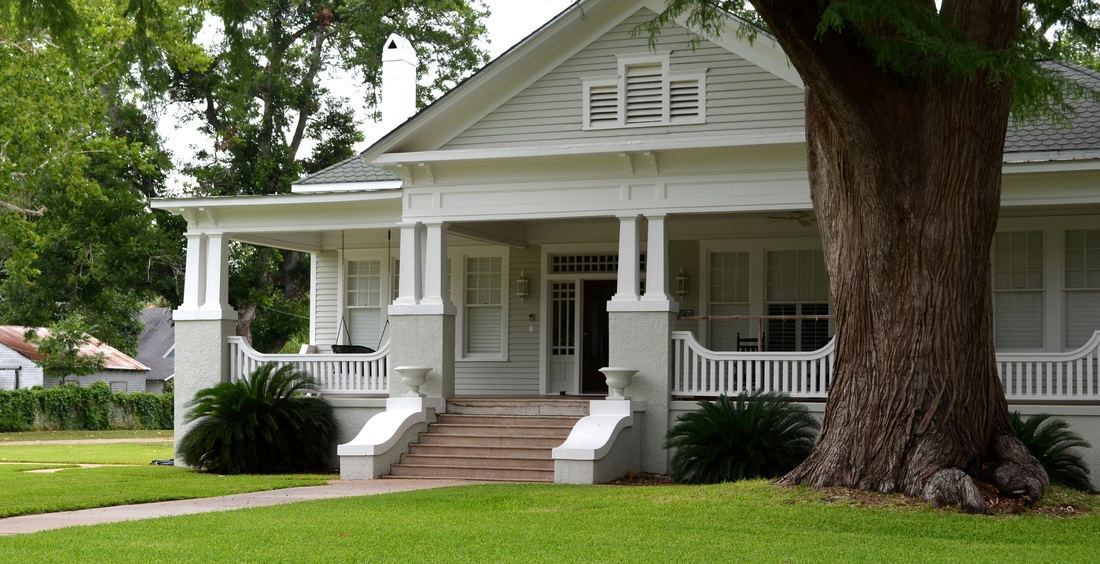002 of 254 Wharton County Courthouse, Wharton, Texas. County Population: 41,672
|
"Wharton County is in the section of Texas first explored by Europeans. In 1687 René Robert Cavelier, Sieur de la Salle, traversed the area on the
last exploration he made before his death. Alonso De León passed through on his third and fourth trips in search of the La Salle colony in 1688 and 1689, and in 1718 Martín de Alarcón came to inspect East Texas missions after exploring Espiritu Santo Bay. Pedro de Rivera y Villalón crossed the area in 1727, and between 1745 and 1746 Prudencio Orobio y Basterraqv explored the coastal area. Spain controlled the territory until Mexico achieved independence in 1821, and Anglo-American colonization began under a program sponsored by the Mexican government in 1823, when thirty-one of Stephen F. Austin's Old Three Hundred received titles to land in the area of present Wharton County. "Wharton County was established after Texas statehood and the Mexican War in 1846 from parts of Matagorda, Jackson, and Colorado counties, taking their best and most fertile land. The act that formed the county provided for its immediate organization and a county seat to be named Wharton and located on the northeast bank of the Colorado River in the east central portion of the county ... "[The county is] named for brothers William H. and John A. Wharton." Merle R. Hudgins, "WHARTON COUNTY," Handbook of Texas Online |
Wharton, the county seat of Wharton County, is on the east bank of the lower Colorado River, forty-five miles from the Gulf of Mexico.
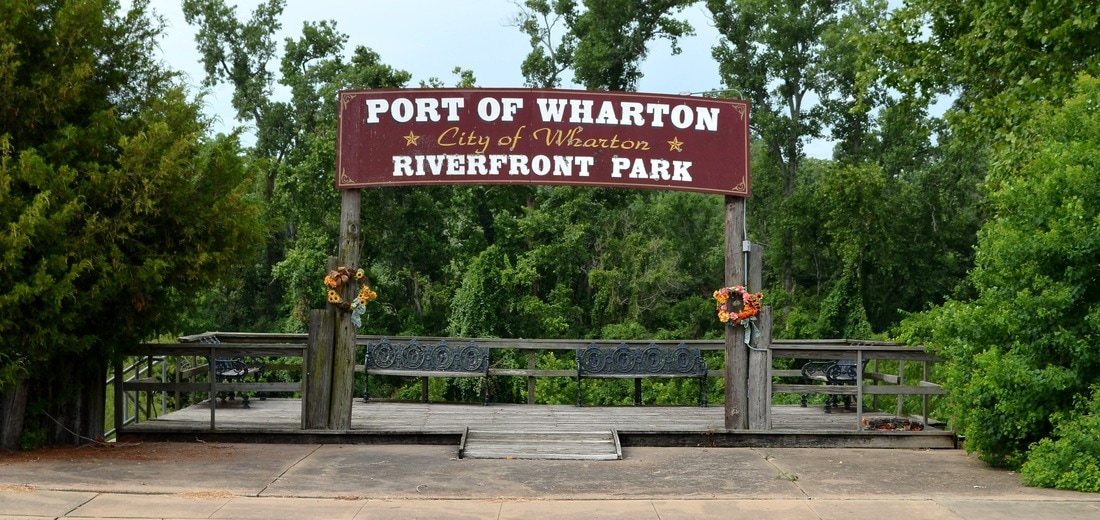
The west side of the Wharton courthouse square.
Wharton has a traditional central courthouse square layout, defined by E. T. Price in 1968 as "a rectangular block surrounded by streets, with the courthouse, often the grandest and most ornate building in the county, standing alone in the middle of the square and the town's leading business houses enclosing the square symmetrically on all four sides." (Geographical Review 58: 29-60)
Wharton County Courthouse 1889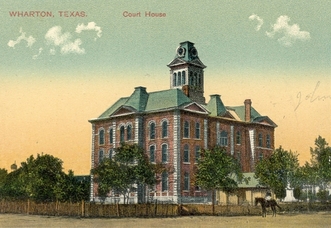 Postcard image courtesy courthousehistory.com
Designed by Eugene T. Heiner, the original design was a Second Empire style, with a central clock tower. Then, beginning in 1935, the building was "modernized"
|
Courthouse altered 1935 |
Wharton County Courthouse restored 2007
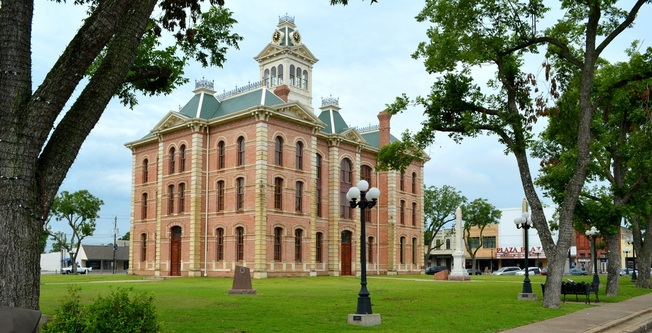
Wharton County courthouse square.
"The restoration phase included the demolition of the 1940s additions that had surrounded the building and resulted in a fully restored exterior complete with replicated pressed metal shingle roof and clock tower. Round IV funding was used to restore the building's interior to its appearance just prior to the devastating hurricane of 1900. This project is notable as one of the most dramatic restorations undertaken in this program. The courthouse was rededicated on Aug.
4, 2007."
Texas Historical Commission website
4, 2007."
Texas Historical Commission website
Learn more about the courthouse, Eugene Heiner, and Wharton at: http://www.whartoncountycourthouse.com/courthousehistory/
